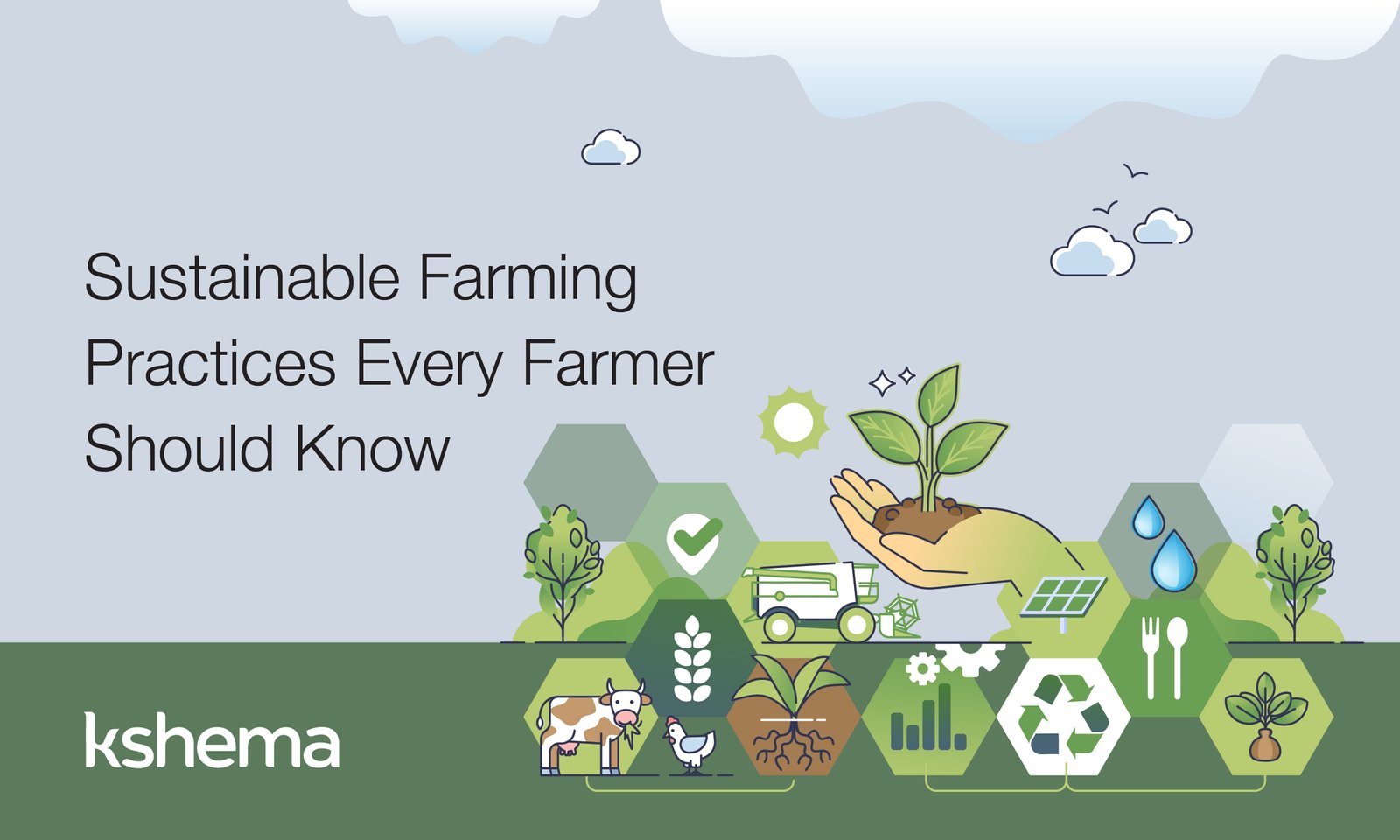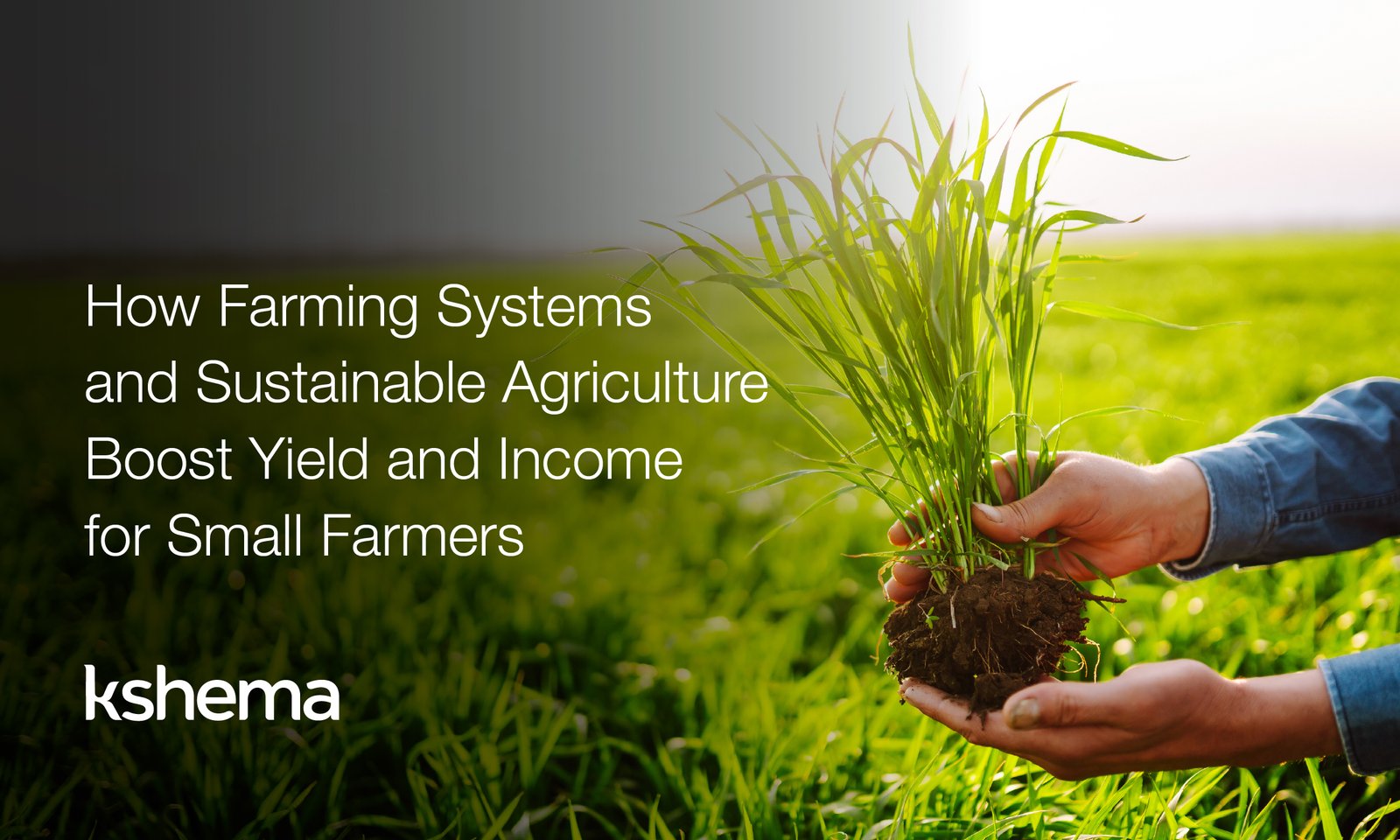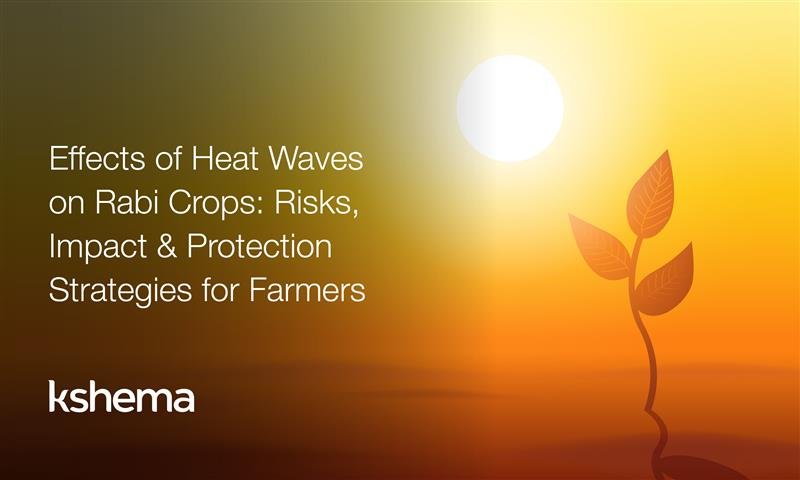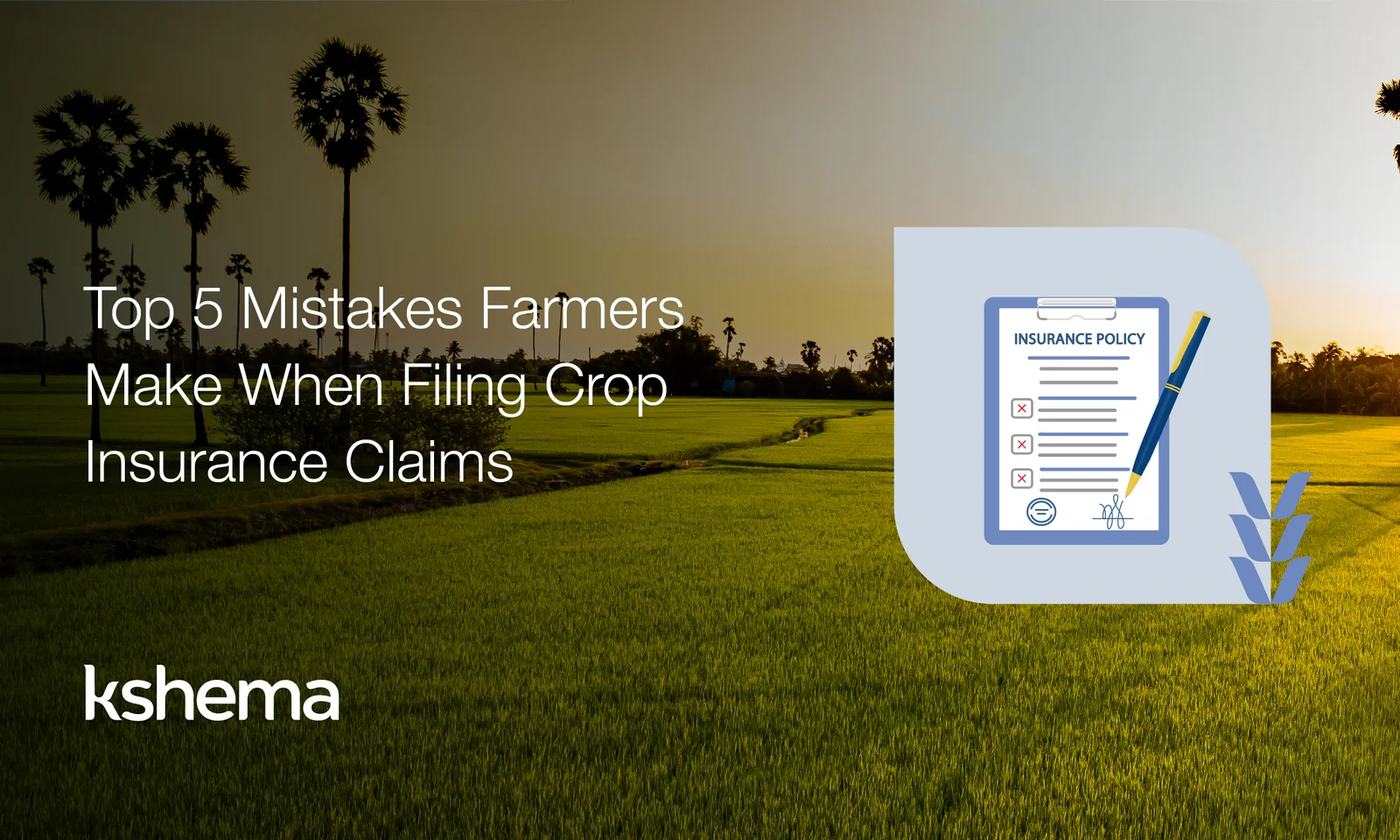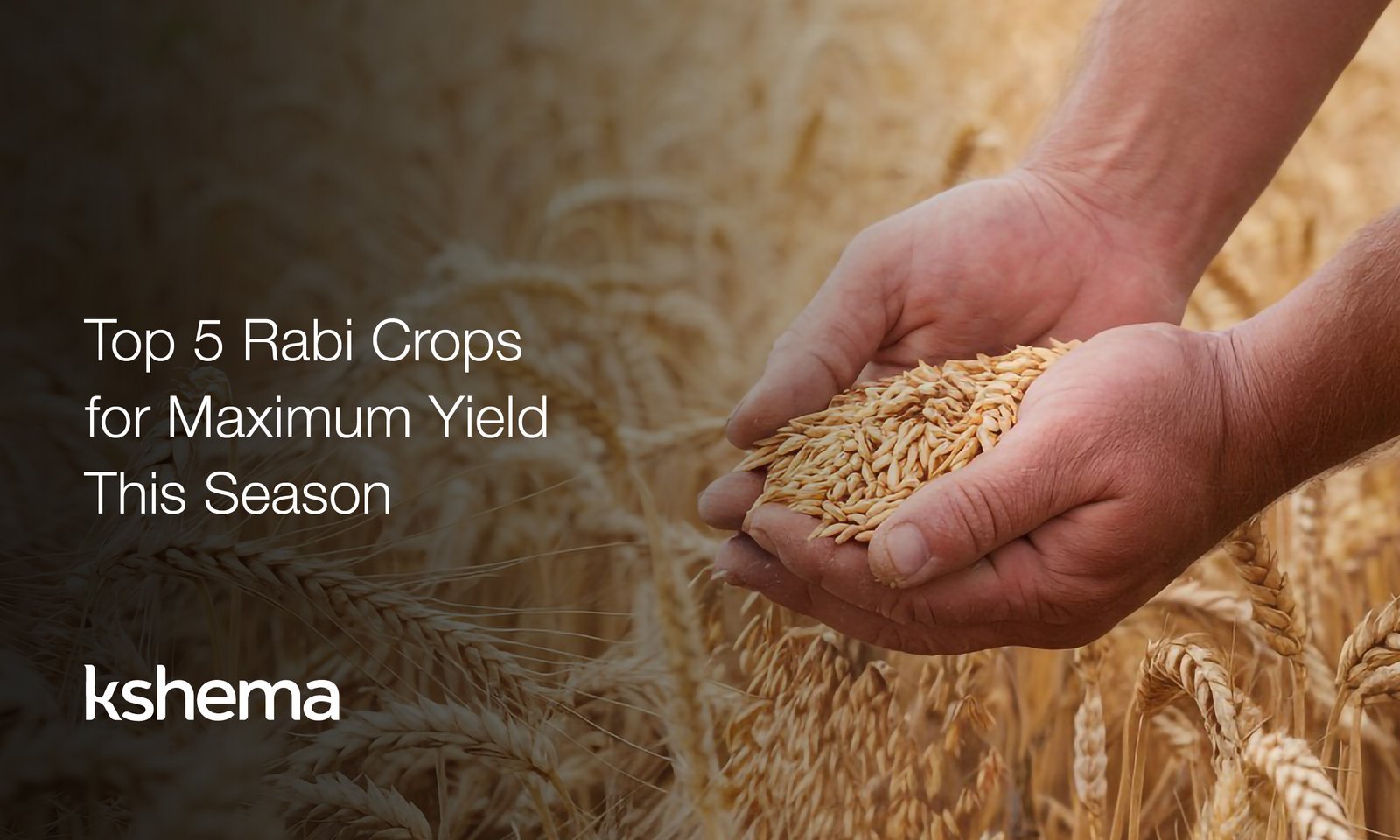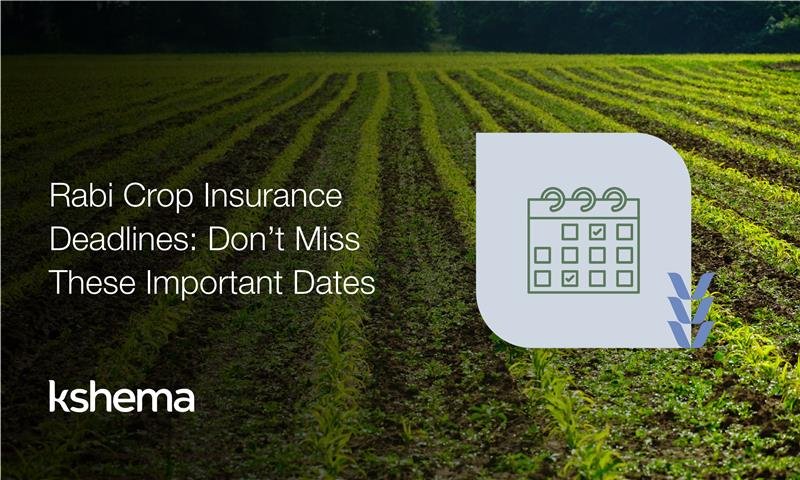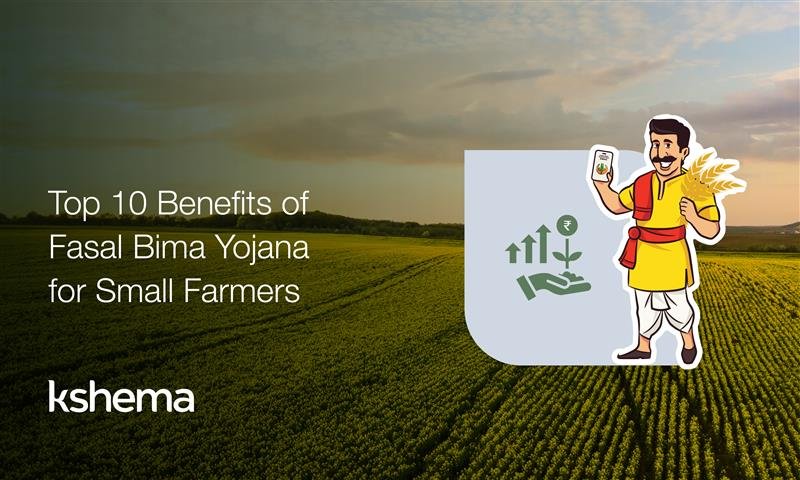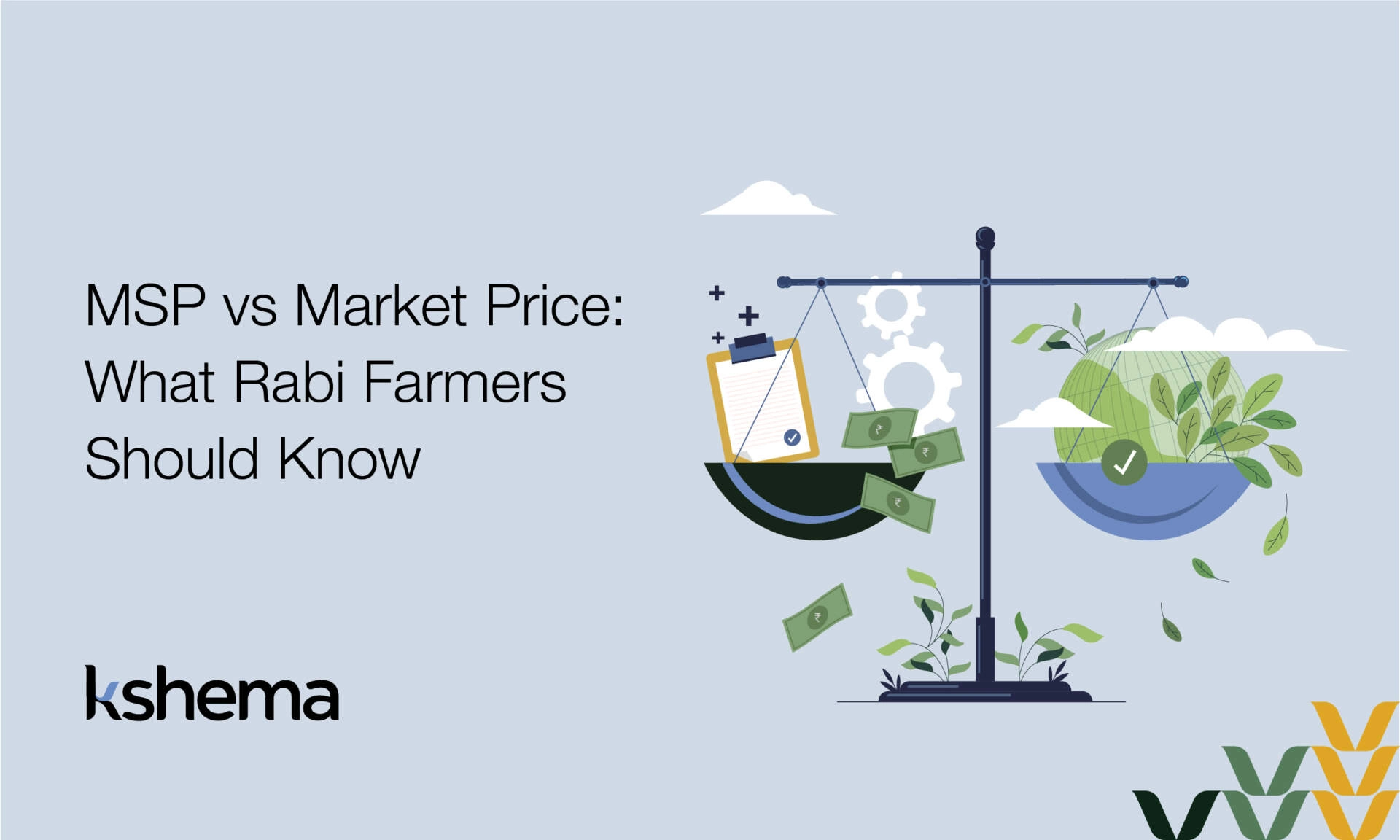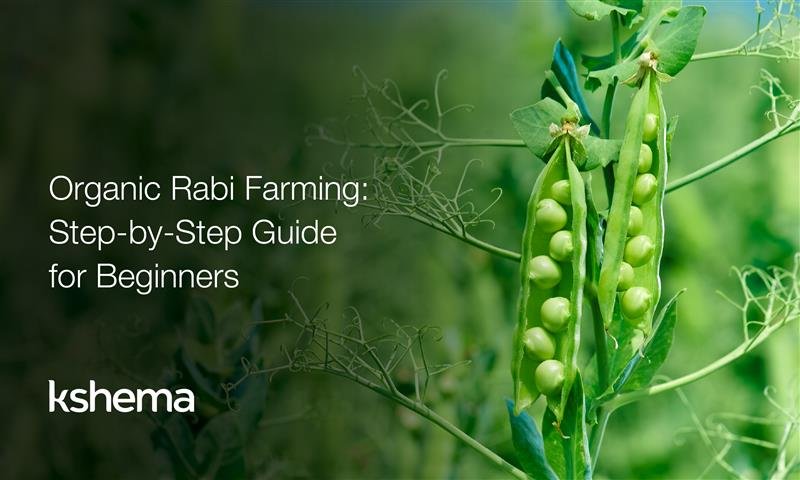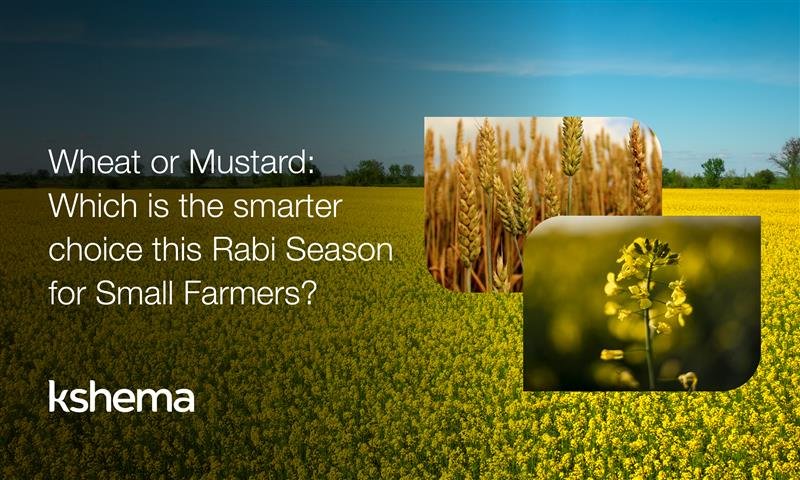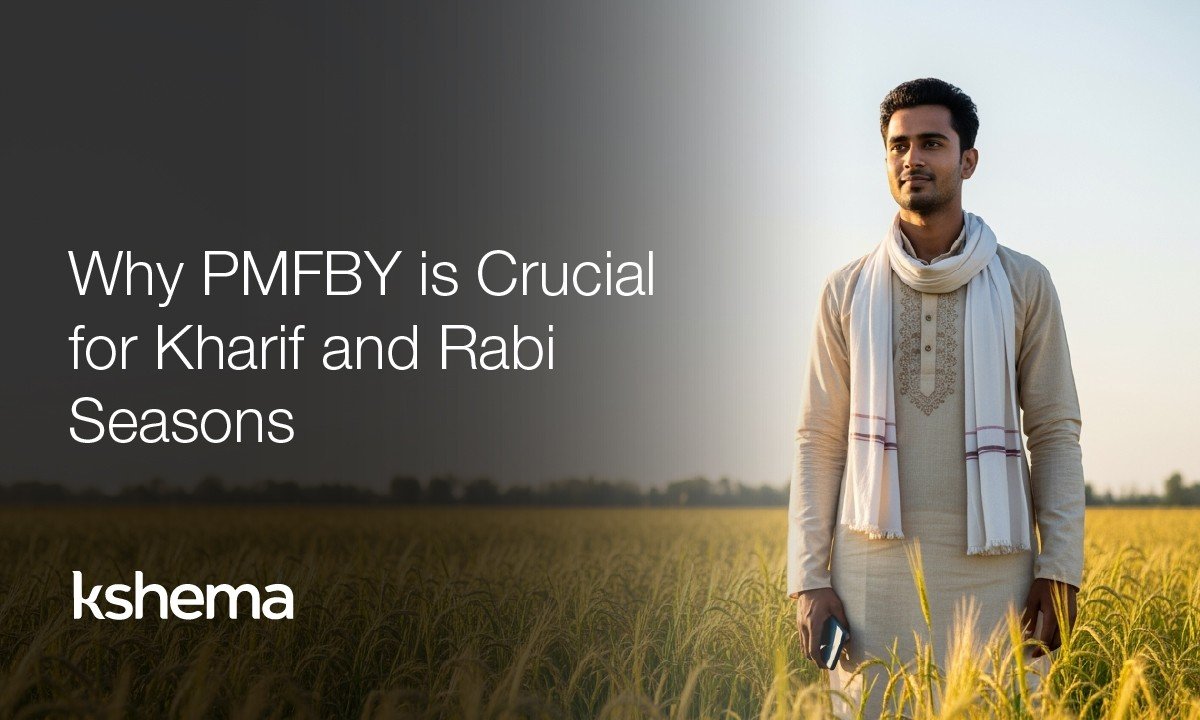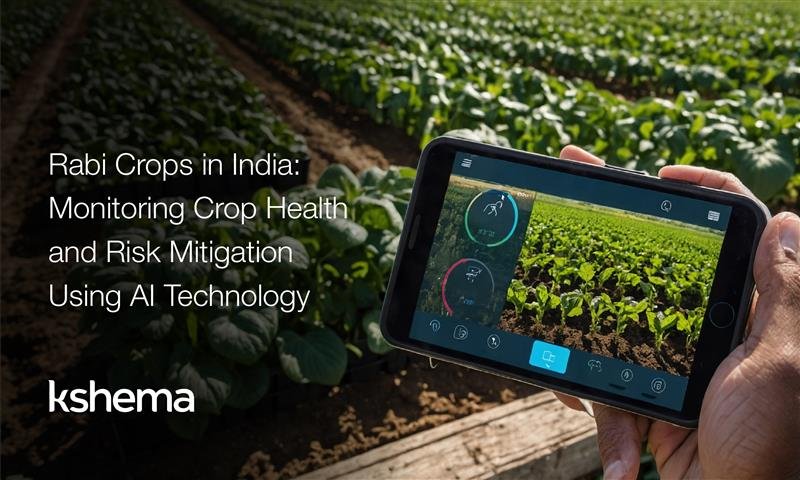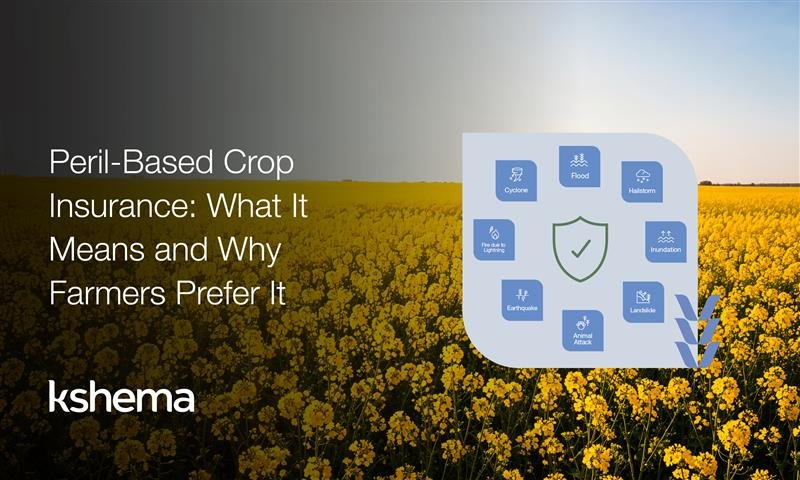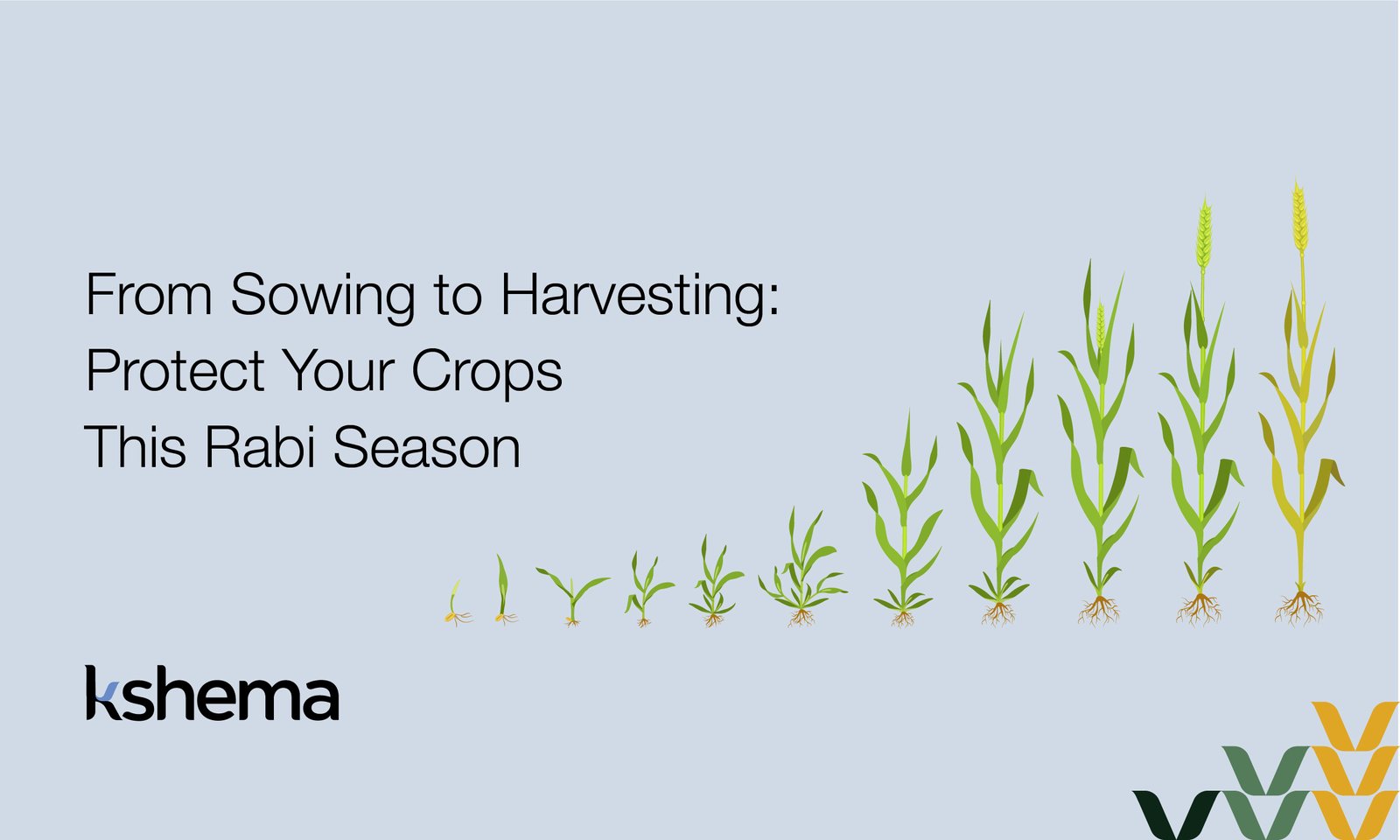Sustainable farming means producing more with fewer inputs while protecting soil, water and biodiversity. In India, farmers can adopt low‑cost practices like crop rotation, balanced nutrition, mulching, water‑efficient irrigation, composting and integrated pest management to improve yields, reduce risk and build climate resilience over seasons.
Introduction
Sustainable farming improves soil health, conserves water, and reduces chemical dependence—while staying profitable. This guide shares practical, low‑cost methods every farmer can use: crop rotation, organic inputs, water‑efficient irrigation, composting, and integrated pest management. These steps enhance productivity and resilience against climate variability.
With rapid changes in climate patterns globally, and increasing population, the need for sustainable farming practices has never been more urgent. Farmers, the backbone of our supply chain, play a crucial role in adopting farming methods that ensure the safety of their livelihoods while also protecting the environment for future generations.
Using the Kshema App, farmers can access crop insurance and financial tools that support eco-friendly farming decisions.
What is sustainable farming?
Producing more with fewer inputs while protecting soil, water, biodiversity—without losing profitability.
Why is sustainable farming important?
It cuts costs, improves soil fertility, conserves water, and sustains long‑term yields and income.
What Is Sustainable Farming and Why It Matters in India
Sustainable farming practices are more than just a trend; they are a necessity for the long-term viability of agriculture. In this blog, we’ll explore essential sustainable farming practices that every farmer should be aware of, ensuring a balance between productivity, environmental health, and economic stability.
In India, adopting sustainable agriculture practices is essential for long-term soil health, water conservation, and climate resilience. These eco-friendly farming techniques not only improve yield but also reduce environmental impact.
| Practice | What to do | Cost | Benefit | Insurance note |
|---|---|---|---|---|
| Soil test + balanced nutrition | Test yearly; add compost + balanced NPK | Low | Stable yields; fewer deficiencies | Keep records for claims |
| Mulching | Straw/organic mulch to save water & suppress weeds | Low | Lower evaporation; weed control | Photos help post‑event proof |
| Drip/Sprinkler | Replace flood irrigation | Med | Efficiency & quality | Note irrigation type in policy |
| Crop rotation | Cereals ↔ pulses/oilseeds | Low | Breaks pest cycles; builds soil | Rotation schedule supports risk reduction |
| IPM | Scout, thresholds, biocontrols | Low | Lower chemical cost/risk | Scouting logs aid claim integrity |
| Rainwater harvesting | Farm pond/bunds | Med | Buffer dry spells | Add structures to policy description |
1. Crop Rotation & Diversification for Sustainable Farming
One of the cornerstones of sustainable agriculture is crop rotation. By alternating the crops grown in a particular field over time, farmers can prevent soil depletion, reduce pest and weed pressure, and improve overall soil health. Different crops have varying nutrient requirements and root structures, which helps in maintaining the soil’s fertility.
For instance, planting legumes in one season can enrich the soil with nitrogen, benefiting the following crop that requires higher nitrogen levels, such as corn or wheat. Additionally, crop diversification — growing a variety of crops rather than monoculture — reduces the risk of total crop failure due to pests or diseases and can provide a more stable income stream.
Tip: Alternate cereals with pulses/oilseeds and use intercropping to spread risk—record rotations in your farm log.
2. Conservation Tillage: An Eco-Friendly Farming Technique
Conservation tillage minimizes soil disturbance, protecting structure, cutting erosion, and retaining moisture. Residue left on the field shields soil, lowers fuel use, and supports beneficial microbes—especially useful in drought‑prone regions.
No-till or reduced-till systems not only improve soil structure but also reduce the carbon footprint of farming operations by lowering fuel consumption for farm machinery. This practice is particularly beneficial in regions prone to drought, as it enhances the soil’s ability to retain water.
3. Integrated Pest Management: A Sustainable Agriculture Practice
Pesticides are the go-to-solution for managing pests, but their overuse can lead to pesticide resistance, environmental harm, and the loss of beneficial insects. Integrated Pest Management (IPM) is a sustainable approach that combines biological, cultural, physical, and chemical tools to manage pests in an eco-friendly manner.
IPM strategies include using pest-resistant crop varieties, introducing natural predators or beneficial insects to the fields, and implementing crop rotation and intercropping to disrupt pest life cycles.
Meanwhile, farmers can reduce the harsh environmental impact of pesticides while maintaining adequate crop yields by restricting its use to when it is necessary.
Scout weekly, act at threshold, rotate actives, and prefer biocontrols. Clean bunds and remove infected residues; choose resistant varieties where possible.
4. Water Conservation Methods in Sustainable Farming
Water is a precious resource, and its efficient use is critical in sustainable farming. Implementing water conservation techniques such as drip irrigation, rainwater harvesting, and mulching can significantly reduce water usage while ensuring crops receive the necessary moisture.
Drip irrigation delivers water directly to the plant roots, minimising evaporation and runoff. Rainwater harvesting systems collect and store rainwater for use during dry periods, reducing reliance on groundwater while also replenishing it. Mulching with organic materials like straw or wood chips helps retain soil moisture, suppress weeds, and add organic matter to the soil as it decomposes.
- Use drip/sprinkler at critical stages; schedule by crop growth.
- Combine mulch + irrigation to reduce evaporation.
- Build farm ponds/bunds where feasible; log volumes used.
5. Agroforestry & Biodiversity: Eco-Sustainable Farming in India
Agroforestry is the practice of integrating trees and shrubs into agricultural landscapes. This sustainable farming practice provides numerous benefits, including enhanced biodiversity, improved soil health, and increased carbon sequestration. Trees act as windbreaks, reducing soil erosion and protecting crops from harsh weather conditions.
Moreover, agroforestry systems can provide additional income streams through the sale of timber, fruits, nuts, and other forest products. By creating a more diverse and resilient ecosystem, agroforestry contributes to the overall sustainability of the farming operation.
6. Soil Health Management Using Organic Inputs
Healthy soil is the foundation of sustainable agriculture. Soil health management practices include the use of cover crops, organic fertilisers, and composting to improve soil structure, nutrient content, and biological activity. Cover crops, such as clover or rye, are planted during the off-season to prevent soil erosion, improve soil fertility, and suppress weeds.
Organic fertilisers and compost add essential nutrients to the soil without the harmful effects associated with chemical fertilisers. By enhancing soil organic matter and promoting the growth of beneficial micro-organisms, these practices contribute to long-term soil health and productivity.
For India‑specific guidance on soil and water, see FAO India: Soil & water management for food security
7. Renewable Energy for Sustainable Farm Operations
Kshema App Support for Sustainable Agriculture Practices
While not a farming practice, crop insurance is an essential tool for sustainable agriculture. It provides farmers with a safety net against the financial risks associated with crop failures due to extreme weather events, pests, or diseases. By mitigating financial losses, crop insurance allows farmers to continue investing in sustainable farming practices without the fear of losing their livelihood.
Conclusion
Adopting sustainable farming practices is not only beneficial for the environment but also crucial for the long-term success of agricultural operations. By implementing eco-friendly farming methods, farmers can enhance soil health, conserve water, reduce their carbon footprint, and increase resilience against climate change. Moreover, crop insurance is a viable a risk management tool which not only provides farmers with financial stability but also frees up much needed cash to continue investing in innovating farming practices. Every farmer, regardless of the size or type of their operation, can contribute to a more sustainable and food-secure future by embracing these practices.
Adopt sustainable farming today! Download the Kshema App and explore crop insurance plans to secure your farm’s future.


